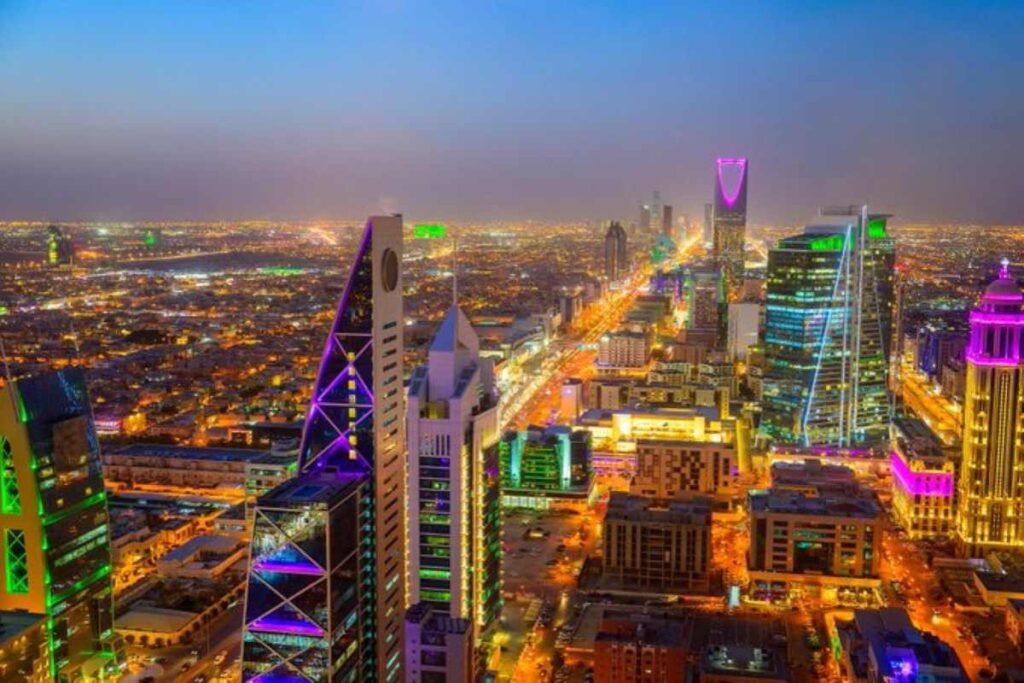Since its 1971 establishment, the Public Investment Fund (PIF) of Saudi Arabia has been on a foreign investment spree, intending to make huge returns in record time. Indeed, some startups started seeing the kingdom as a source of free seed money. However, that is about to change as the new mandate by the Public Investment Fund owner necessitates looking inward to expand Saudi Arabia’s local economy.
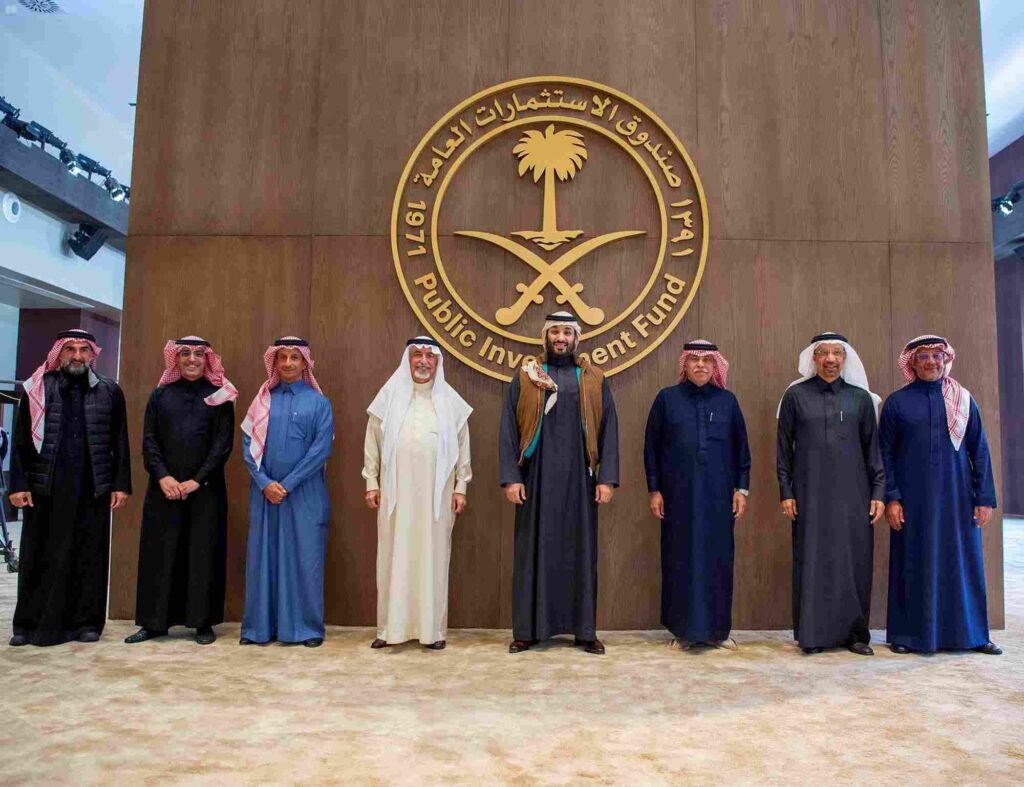
With this paradigm shift, Saudi Arabia is making it more difficult for foreigners to invest its $925 billion capital trove elsewhere. Instead, the kingdom is setting up initiatives that foster domestic investment. This initiative is already in motion, as revealed in Saudi Arabia’s financial report for 2023.
The annual report shows Saudi Arabia’s sovereign wealth increased by 29% in the 2023 fiscal year. The report also indicates that this monumental increase is largely thanks to local investments. In 2023 alone, the Saudi government took local infrastructural investments to 233 billion riyals, a 15% increase from the 2022 figures. Similarly, in 2023, foreign direct investment (FDI) in Saudi local ventures increased to 586 billion riyals, a 14% increase from the previous year.
ALSO READ: How Hurricane Beryl and Middle East Unrest Are Driving Up Oil Prices
What is Saudi Arabia’s Strategy?
The Saudi government and the Public Investment Fund (PIF) appear to be repurposing a large portion of their sovereign wealth to stimulate local industries. According to Tarik Solomon, the chairman emeritus at the American Chamber of Commerce in Saudi Arabia, “The days of viewing Saudi Arabia as a mere financial reservoir are ending.”
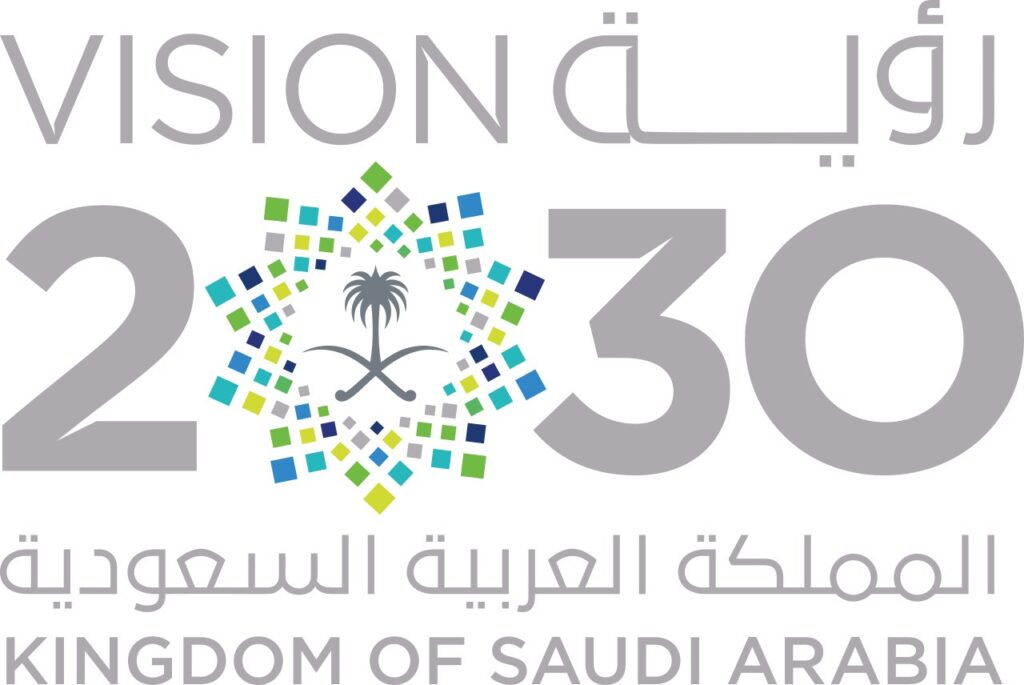
The PIF is not strangulating offshore investments but is simply giving the local economy a shot at assisting sovereign wealth growth significantly and in record time. The government of Saudi Arabia is walking the talk with the lofty Vision 2030, announced in 2017. The goal of Vision 2030 is to hit a mark of $100 billion in annual foreign direct investment. So far, Saudi Arabia’s investment ministry has reported an average FDI of roughly $12 billion per year.
Some observers don’t find the viability of hitting the $100 billion mark of FDI by 2030 realistic. However, the kingdom is not relenting as they enact new laws and policies to make Vision 2030 a reality. Some of the projects that the Public Investment government is looking to pump money into include The Red Sea Project and NEOM. It is also obvious that actualizing many of the projected infrastructural developments will require specialized technology and manpower. So, part of Saudi Arabia’s development strategy includes investing in upscale technology and funding development research from their academic institutions.
What Is Saudi Arabia’s Market Entry Strategy
Saudi Arabia is getting adventurous with economic policies and laws to make Vision 2023 a reality. For example, the country has been made a tax haven for wealthy expatriates. This is just one of the ploys to attract FDI to the formerly oil-dependent state. In addition, Saudi Arabia is opening its stock market to foreign investments by eliminating some red tape that may discourage foreign companies and investors from listing on the Tadāwul.
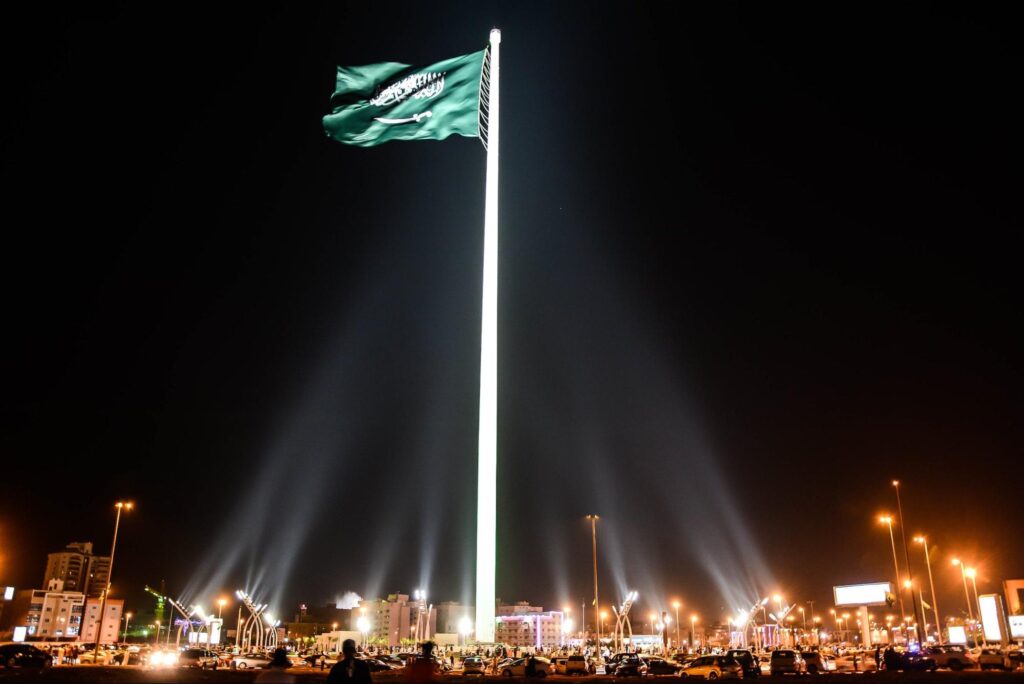
With the Saudi economy’s current momentum, market analysis suggests that the kingdom is poised to see 3.2% GDP growth in 2024.
Who Runs the Public Investment Fund?
Saudi Arabia’s sovereign wealth is domiciled in an entity called the Public Investment Fund. The PIF Board oversees the fund’s activities under the chairmanship of HRH Prince Mohammed bin Salman bin Abdulaziz Al Saud, the Crown Prince.
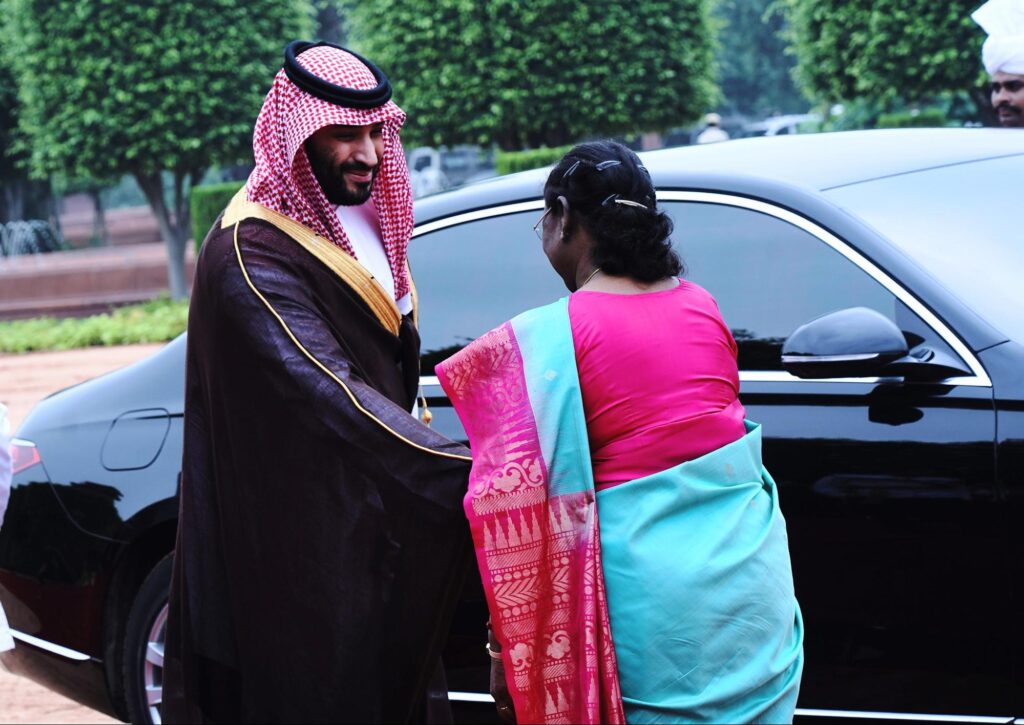
Some have complained about the lack of transparency in managing the kingdom’s sovereign wealth. Before the 2017 declaration of Vision 2030, reports showed that the PIF’s local investments went mostly to wealthy Saudi families with ties to the Crown.
How Rich is Saudi Arabia’s Public Investment Fund?
Saudi Arabia’s Investment Fund’s wealth trove is estimated to house about $925 billion in assets. The fund suffered a momentous loss of $15.6 billion in 2022; however, 2023 saw a rebound in profit by $138.1 billion.

The Public Investment Fund has a diversified portfolio of investments and is looking to diversify even further. The Fund is putting its assets into profitable and progressive ventures in a bid to wean Saudi Arabia completely from dependence on oil revenue.
The sources of capital for the PIF’s investments include government assets, direct capital injection by the government, retained revenue from investments, public investment fund stocks, multinational conglomerates, and date farms. With its current trajectory, analysts suggest that the PIF’s assets may exceed the $1 trillion mark before 2030.
You Might Also Like:
Why Parents Should Consider Locking Their Child’s Credit Early On
Tesla Cybertruck Owners Claim Their $100K EVs Are Being Delivered Dirty and Full of Trash
Walmart Teams Up with Major Food Chain to Provide Free Food
Lowe’s and Home Depot Face Challenges Due to the Slumping Housing Market
Small Business Inflation Concerns Resurge as Confidence in the Fed Declines

